The undisrupted power supply is critical regarding infrastructure and operational safeguards. Even short power outages can interfere with business processes and security systems and ultimately cause considerable strain and even damage. Hence, developing a strong, uninterruptible power supply (UPS) solution is indispensable for personal, commercial, and educational institutions. This essay analyzes the most recent improvements in uninterruptible power backup technology, showing how these systems provide a seamless power supply and improve security, and safeguard important property. This article will identify the most beneficial UPS systems that best suit organizational needs and strengthen operations against power-interrupting hazards.
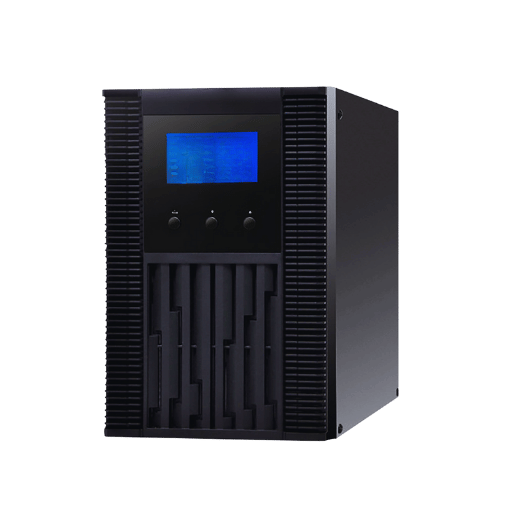
The uninterruptible power supply (UPS) is a device that serves as a backup power source to any equipment connected to the device and comes in handy during power outages or outages of primary power sources. This device uses internal batteries to instantly supply electricity during any disruption to keep critical devices operating at all times. A UPS usually features three primary components: a charging rectifier, which transforms the incoming alternant current into direct current to charge the batteries; an inverter, which stores the direct current and converts it into an alternating current; and a controller, including the operations of the entire system. With any power supply interruption, this power device ensures protection against downtime and hardware damage and ensures information is well preserved.
UPS systems are vital in sustaining operational activities and protecting equipment during power cuts. The key benefits include the following:
These systems are essential in environments that require reliability and data integrity, including health centers, data centers, and industrial operations.
Systems for battery backup are incredibly vital when it comes to averting outages from interrupting important activities. They keep devices powered long enough to function or safely turn off to avoid damage or loss of data during the blackout, ensuring there is no sudden uninterrupted shutdown. Battery backups help in critical situations with supporting environments when there is power failure by allowing alternative power sources or generators to kick in. Such systems are essential for preserving sophisticated electronic devices and ensuring their effective operational reliability in healthcare, IT, communications, and many other fields and industries.
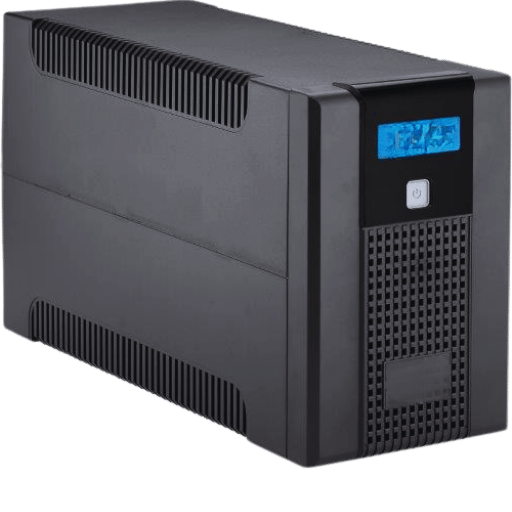
Calculating the total power consumption and determining the backup power requirements involves estimating the energy expenditure for all devices and systems requiring backup power. First, prepare a list of the devices and record their power ratings, mostly measured in watts. Add these values together to get the total power requirement. Pay attention to how long backup power will be used while factoring in battery capacity. Make sure you take the total wattage and runtime into consideration, too. It is conventional for the battery capacity to meet or exceed the expected demand, which is usually measured in watt-hours (Wh) or ampere-hours (Ah). Take into account unexpected surges and power outages by keeping a safety margin.
The distinction between a Line-Interactive UPS and a Standby UPS is their approach to managing power fluctuations and their sophistication.
A Line-Interactive UPS includes an automatic voltage regulation (AVR) system that corrects minor voltage alterations without needing to use the battery. This is useful in situations with regular voltage changes as it helps provide a stable power supply while conserving battery life.
A Standby UPS, on the other hand, does not intervene until there is an outage. It is simpler, more economical, and switches to using battery power when it detects a failure. However, it is not as proficient in managing continuous voltage irregularities.
A Line-Interactive UPS is a more suitable option for environments with frequent voltage fluctuations. For basic protection against ordinary outages, a Standby UPS is generally adequate.
Regarding the selection of a UPS (Uninterruptible Power Supply), evaluating the power required for the specific devices to be connected to the UPS is essential. In a general sense, power output is given as volt-amperes (VA) or watts (W) with capacity starting from less than 300VA for smaller models to more than the industrial level, which is > 10,000VA. The rating measure in VA reflects the apparent power of the UPS, while the wattage indicates the effective power.
Lower-powered UPS, such as between 300VA and about 600VA, are best used for home offices where there is a need to safeguard small routers, modems, and desktop systems. Mid-range models, usually about 1000VA to 1500VA, protect monitors, high-end personal computers, or small network devices. Higher level Enterprise UPS systems greater than 2000VA are for the most important parts of the infrastructure like servers, data centers, and emergency systems; these are more than 2000VA.
For example, a standard desktop PC consuming 300-400W and a monitor (50-100W) can be powered for approximately 8-10 minutes by a 1500VA UPS with an output wattage of close to 900W during a blackout. However, this proportion decreases over time as power demand increases.
Advanced features in new UPS types include pure sine wave output for sensitive devices, automatic voltage regulation (AVR) for stabilizing voltage shifts, and eco-features that optimize energy consumption. When counting other UPS features, such as load capacity and desired runtime, remember to consider your individual use case to guarantee performance during power interruptions.
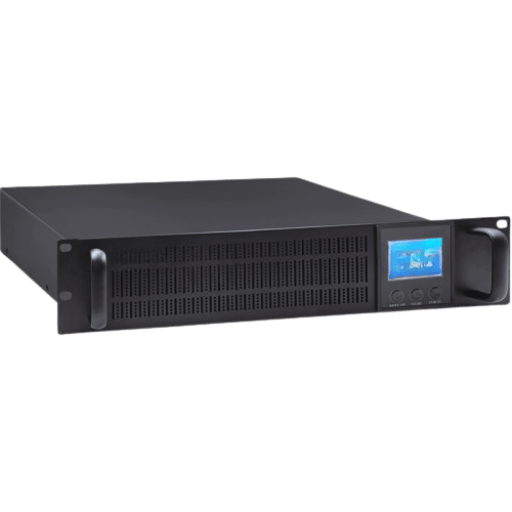
Already existing problems and irregulated voltage fluctuations have a significant risk when it comes to the functionality of electronic gadgets and appliances, risking permanent damage and faulty operation over time. A power surge, which lightning strikes may trigger, errors in the power grid, or sudden shifts in the electrical flow system, can output thousands of volts towards equipment, which is made for much lower thresholds. It has been indicated that even minute changes over time severely damage sensitive electronics such as computers, medical equipment, and home automation systems.
These problems can be alleviated to some degree through battery backup systems in conjunction with surge protectors, which ensure that stable energy delivery is maintained and connected devices are protected from harmful spikes. More sophisticated models employ metal oxide varistors (MOVs) or gas discharge tubes (GDTs), which help divert added voltage to protect downstream electronics. For example, test data that has been obtained indicates that surge protectors that are designed to meet UL 1449 safety standards can reduce 6000-volt surges to less than 500 volts in milliseconds, giving a lot of assistance.
Furthermore, the added use of such technologies prolongs the lifecycle of personal and professional equipment, minimizing expensive repairs and loss of productivity, especially when using a power strip. Spending money on reliable battery backups and surge protection is essential for businesses that depend on consistent power, such as a data center or a medical facility. Nowadays, where power cuts and surges are more common than ever due to extreme weather conditions and old infrastructure, providing such protection becomes important for risk management.
Uninterruptible Power Supply (UPS) systems ensure electricity quality by providing stable and reliable power during outages or fluctuations. They also prevent disruption during outages and help protect sensitive equipment by regulating voltage. Modern UPS units are designed to ensure operational continuity at facilities by using power surge, sag, and frequency variation mitigation strategies. Investing in a well-designed UPS solution minimizes downtime, protects critical systems, and maintains business productivity under uncertain power conditions.
The advantages of uninterruptible power supply (UPS) units are sustained beyond assistance with immediate interruption of power outages. For one, it shields critical systems from destruction due to power anomalies like surges and voltage level oscillations, which decreases damage and replacement expenses. On top of that, they enhance efficiency by increasing output, which minimizes downtime, ensuring consistency in productivity and workflow. In addition, stable power prevents premature wear and thus improves equipment lifespan, which these units aid. Over time, these benefits translate to improved fiscal management, fortified system reliability, and increased resilience to power disruptions, hence greater managed cost.
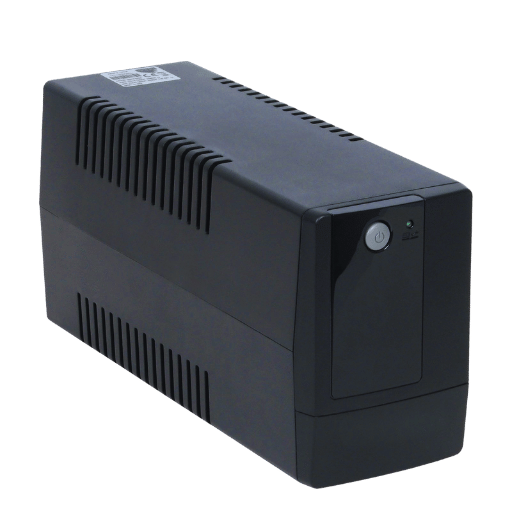
To optimize the battery life and performance of your UPS, follow these guidelines:
If you continuously monitor your system and adhere to these guidelines, your UPS system will have a longer lifespan and increased reliability.
While addressing backup power issues, check whether the UPS is powered and the cables are correctly connected. Check if the UPS has a battery status indicator. If not, self-test the UPS to see if it supports it and ensure it is capable of active power. Make sure the attached load is within the limit. If the problem continues, test the battery for wear and tear and replace it if needed. Moreover, look into the user’s manual for specific error codes or diagnostic troubleshooting procedures. For complicated problems, contact a certified technician or the UPS support team for further assistance.
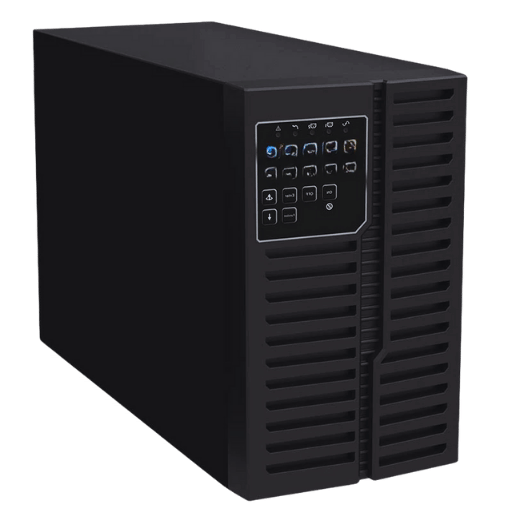
Cost-friendly and quite effective, the Amazon Basics Standby UPS 800VA is perfect for protecting vital electronic devices during power failures. This UPS can power home office equipment like routers, modems, or desktop computers during a power out as long as it’s not more than 800VA/450W. Along with this, it has a total of six outlets, three of which can provide battery backup and surge protection, and the other three are surging only. The unit has an easy indicator light that tells the user the connection status, and it will turn off when the battery runs out to prevent damage. This unit is ideal for people needing a basic backup power supply despite missing features like integrated software, LCD, or automation. This model will easily serve people looking for effective yet inexpensive UPS systems with basic features.
A few characteristics of UPS devices previously covered still play a key role in purchasing decisions, such as power rating, operating time, amount of sockets, and other functionalities. Take, for instance, the APC Back-UPS 850VA capacity of 850VA/450W, slightly higher than the Amazon Basics 800VA model. Its nine outlets include six for battery backup and surge protection, while three are for surge protection only. Moreover, it has an LCD that allows detailed status monitoring. On the other hand, CyberPower’s CP800AVR also has a capacity of 800VA/450W but includes Automatic Voltage Regulation (AVR), which improves performance when there is voltage fluctuation. The Amazon Basics UPS is cheaper, but users who prefer more advanced features or a slightly higher capacity may consider options from APC and CyberPower, especially if there is a need to power multiple devices.
These solutions should be observed to enhance the dependability and effectiveness of the backup power source.
A: A UPS can provide power instantly during a power outage, keeping critical systems operational. This ensures that security systems, data storage, and other necessary operations are not disrupted during an unexpected power outage.
A: Battery power enables a UPS to function by supplying AC power during outages, guaranteeing that the connected devices can continuously operate.
A: A UPS can protect sensitive equipment from damage by regulating voltage levels, providing stable power, and delivering backup battery support during power spikes and drops.
A: The power factor indicates the efficiency with which a UPS consumes power. A high power factor enables users to use a UPS longer and provides more dependable backup energy.
A: Yes, the primary functions of most uninterruptible power supplies (UPS) systems are surge protection and battery backup. These systems protect devices from sudden power spikes and prolonged outages.
A: Once an outage is over, the UPS will switch back to battery power charging, and the next power failure, the devices will draw on from the regular AC power. To ensure those devices have enough power to function.
A: The time a UPS (Uninterruptible Power Supply) can provide power depends on the connected devices’ battery capacity, load, and power consumption. Usually, systems have emergency power long enough to ensure a safe shutdown or switch to another power source.
A: Although most electronic devices can be powered with UPS devices, high-power devices such as heaters and air conditioners shouldn’t use this UPS connection due to devices overheating.
A: Compared to standby power UPS devices, line interactive UPS devices are more responsive and offer superior power conditioning, making them useful in settings with constant changes in power supply.
A: To guarantee reliable backup power when needed most, particularly during critical power outages, the UPS batteries should be regularly maintained, ventilation should be checked and cleaned, there should be no overload, and batteries should be changed as needed.
1. Uni-directional fully controlled constant current charger regulator for UPS output 15V rechargeable battery 5A
2. Design of Cost and Efficiency Optimized UPS Inverter Using Pareto Front with Different Modulation Techniques
3. The Capacity Value of Uninterruptible Power Supply Storage